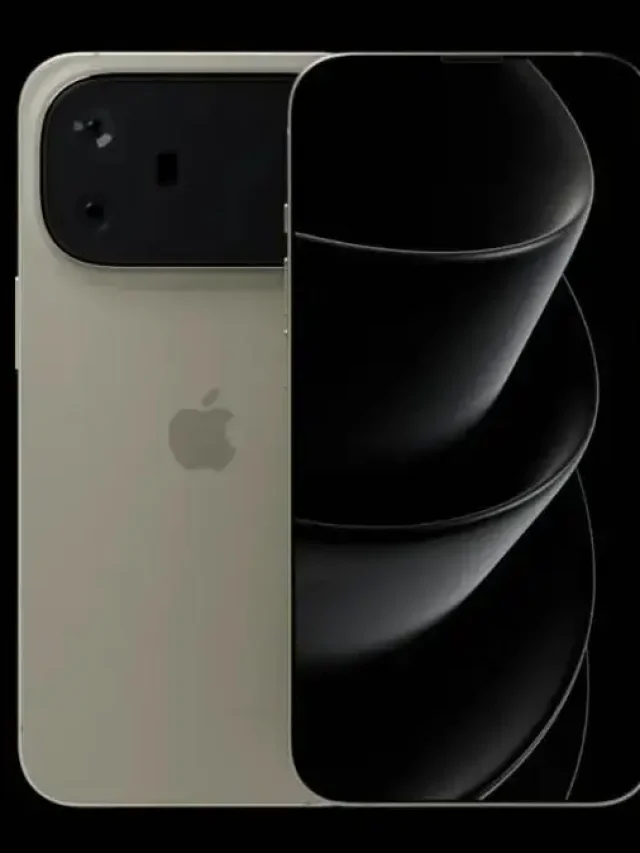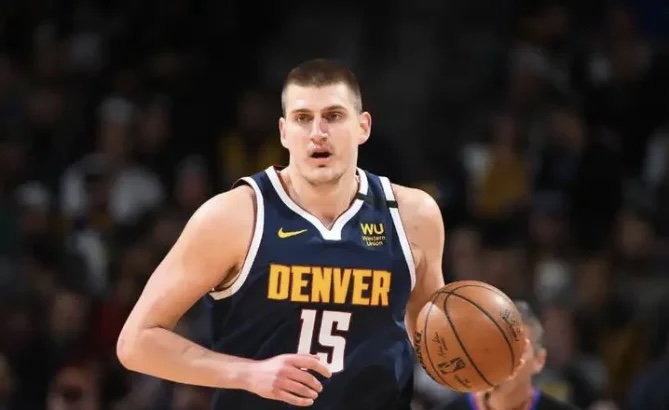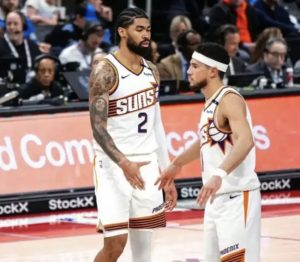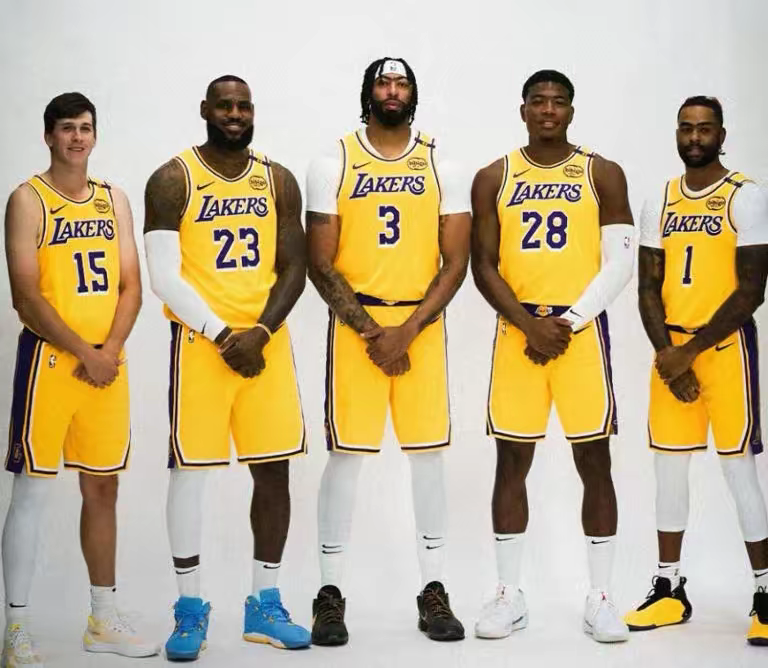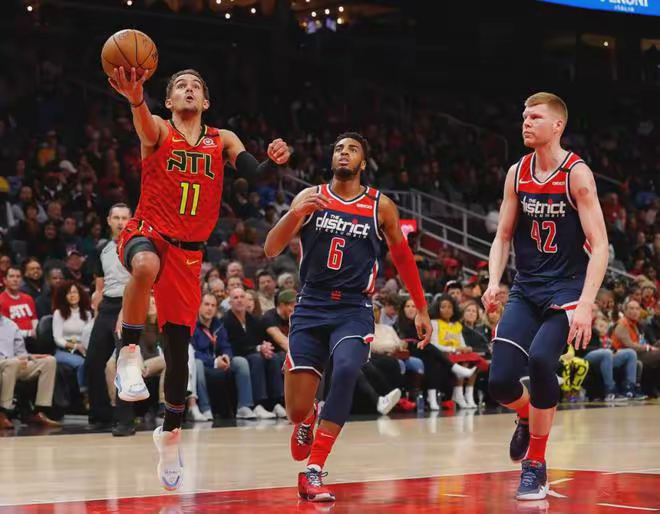The Modern NBA Center: Evolving Roles and Future Trends
Over the past couple of years, I’ve watched a lot of NBA games, and from what I’ve seen, teams generally utilize their centers in three different ways.
1. Playmaking Centers (Facilitators)
The best examples of this type are Nikola Jokić (Denver Nuggets) and Domantas Sabonis (Sacramento Kings). These players are the focal point of their teams on both ends of the floor.
On offense, their primary role is playmaking—passing, setting screens, and orchestrating the offense. If they get an open look, they’ll take a three-pointer, and when needed, they can also score in the post. However, scoring isn’t their main job; it’s more about keeping the team connected.
If their teammates are playing well, they don’t need to take over offensively. But if things aren’t going smoothly, they can step up and carry the scoring load. This type of center is a true all-around player.
2. Defensive Anchors
Players like Ish Wainright (Phoenix Suns) or even Clint Capela (Atlanta Hawks) fall into this category. These centers have a limited offensive role—occasional post-ups or finishing around the rim—but their main job is defense.
They serve as the backbone of their team’s defense, protecting the paint, rotating to help on drives, and securing rebounds. Since their teams already have elite scorers (like Kevin Durant, Devin Booker, and Bradley Beal in Phoenix), they don’t need to focus on scoring. Instead, their success is measured by how well they protect the rim and disrupt the opponent’s offense.
3. Stretch Bigs (“High Artillery” Centers)
Myles Turner (Indiana Pacers) is a prime example of this category. While he was initially known as a defensive specialist, he has developed a consistent three-point shot, which has become a major weapon for his team.
The Pacers use him in pick-and-pop situations, where he sets a screen and then pops out beyond the arc for a three-pointer. Players like Tyrese Haliburton will feed him the ball at the top of the key, where he has the green light to shoot.
Turner typically takes 5-6 three-pointers per game, making him a key part of the team’s offensive strategy. When the offense stagnates, his shooting helps space the floor and relieve pressure. Defensively, he still plays the traditional center role—protecting the rim and grabbing rebounds—but his ability to stretch the floor makes him a unique asset. Nikola Vučević also fits into this category.
Which Type of Center Will Dominate the Future?
Each of these center types has its strengths and weaknesses, and all three will continue to exist in the NBA. However, as the game evolves, I believe centers like Jokić and Turner will become more valuable, while pure defensive anchors like Wainright may find their roles more limited.
One major reason for this shift is the NBA’s obsession with three-point shooting. Teams now attempt 30-40 threes per game, and having a center who can shoot from deep helps space the floor and relieve pressure from guards and wings.
Since defenses are forced to extend out to contest perimeter shooters, centers who can consistently hit threes will often find themselves with open looks. Interestingly, I predict that in the future, centers will start dominating the league’s three-point shooting percentage rankings.
Here’s why:
- Height Advantage: Taller players have a higher release point, making their shots harder to block.
- Slower Defensive Closeouts: Centers usually aren’t as quick as wings, but since defenders are often slower when closing out on big men, they’ll have cleaner looks from deep.
- Evolving Offensive Roles: More teams are experimenting with using centers in three-point sets, just like the Denver Nuggets sometimes run plays specifically to get Jokić open threes.
This style of play would have been unthinkable in the 1980s or 1990s, but in today’s NBA, it’s becoming normal. Moving forward, centers will likely continue to evolve into more versatile players—capable of scoring inside and outside, handling the ball, and even making plays like guards.
At some point, we might see centers become all-around superstars, resembling the dominant big men in NBA 2K games. When that happens, we could witness an era where centers take over the league in a way we haven’t seen in decades.
This evolution of the center position is not only fascinating but also great for the sport’s entertainment value.
visite again website dailynewspapers.in

